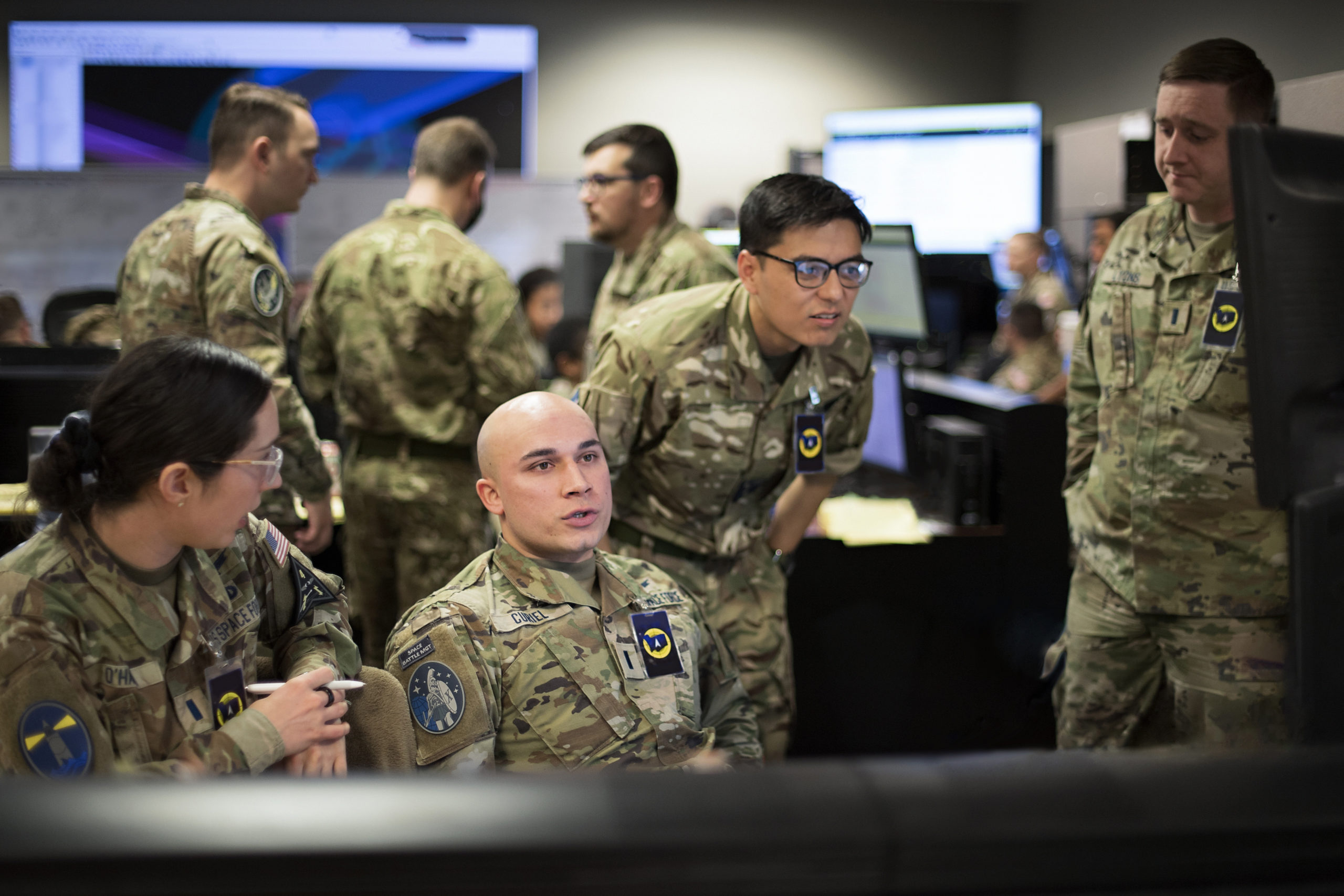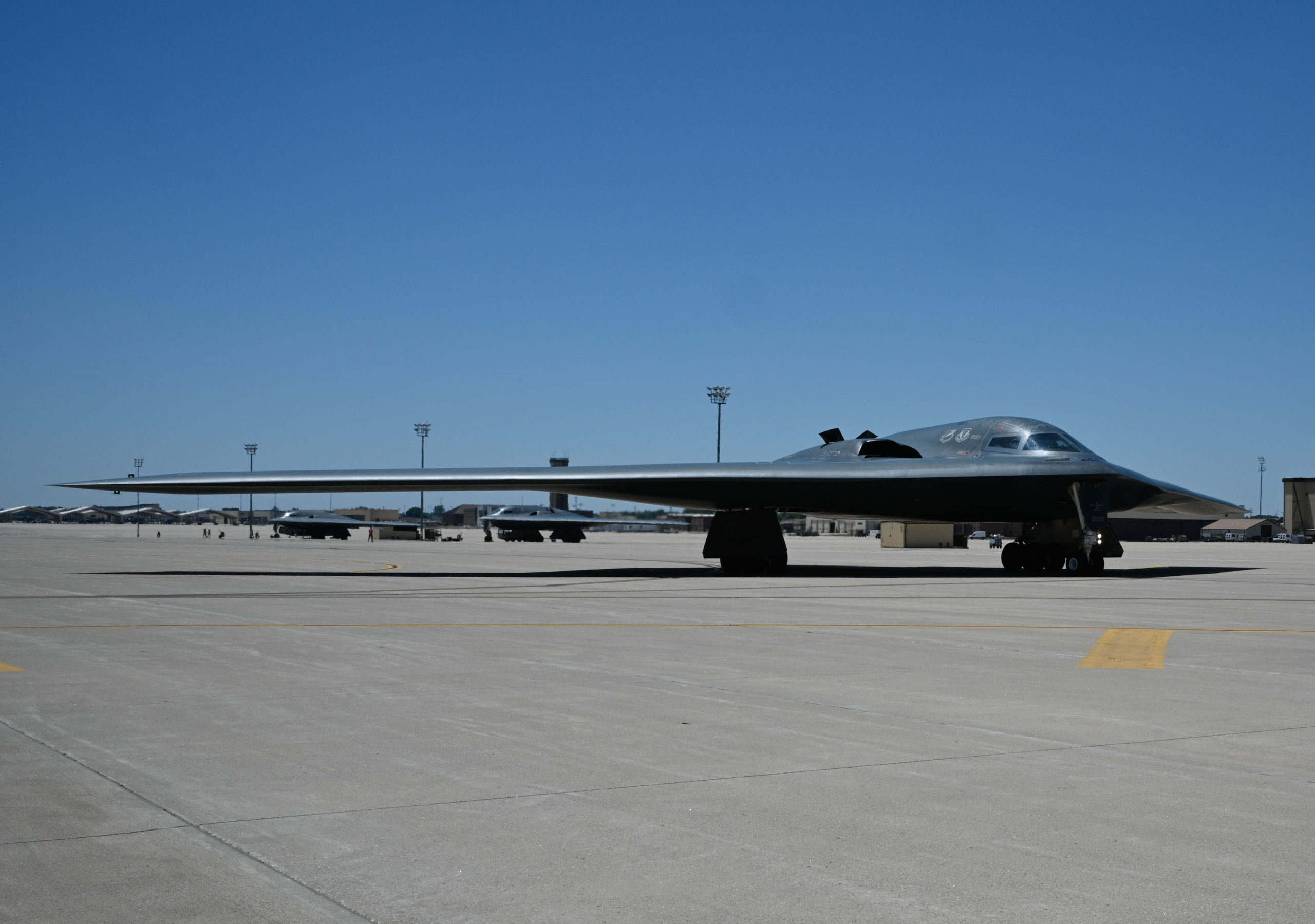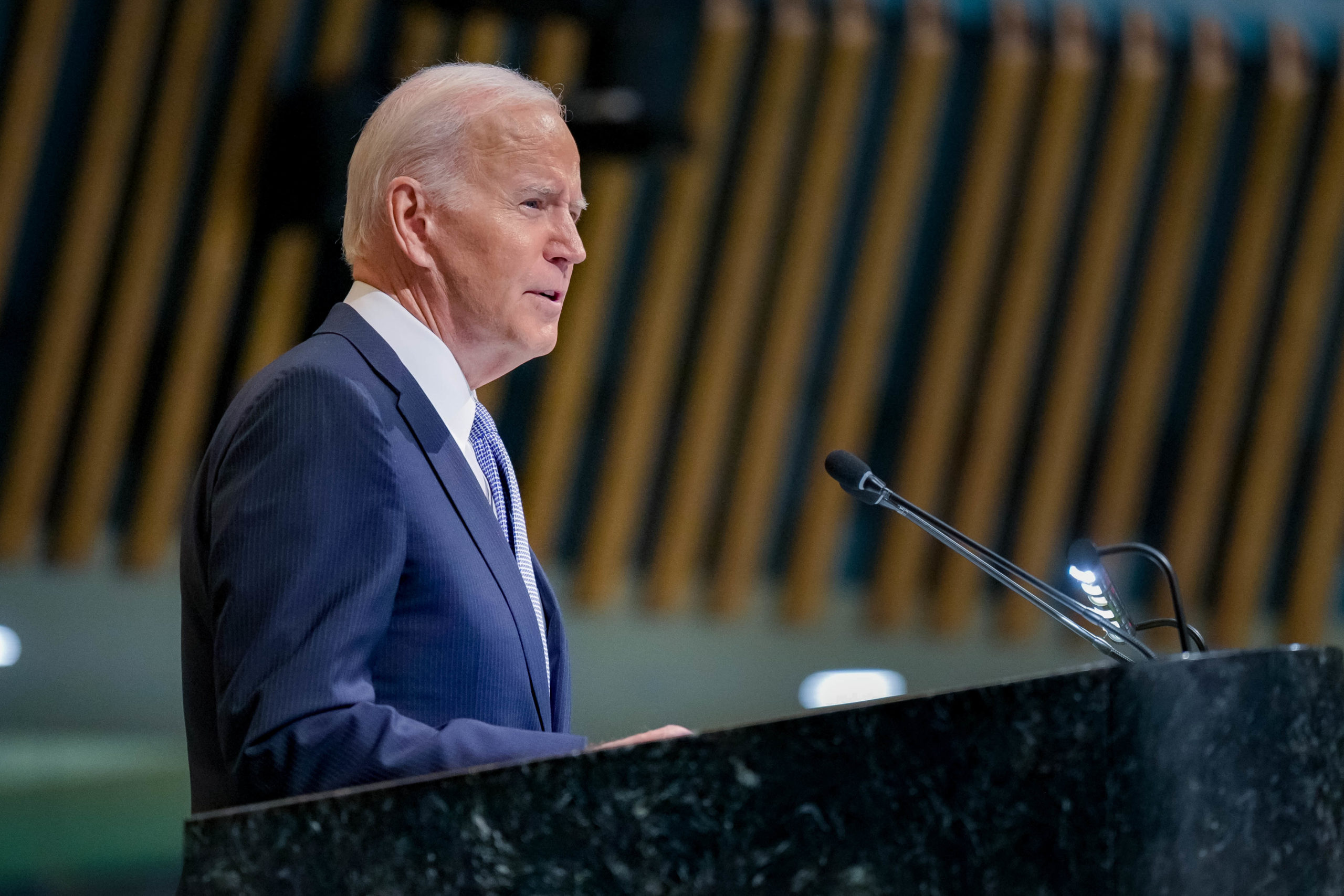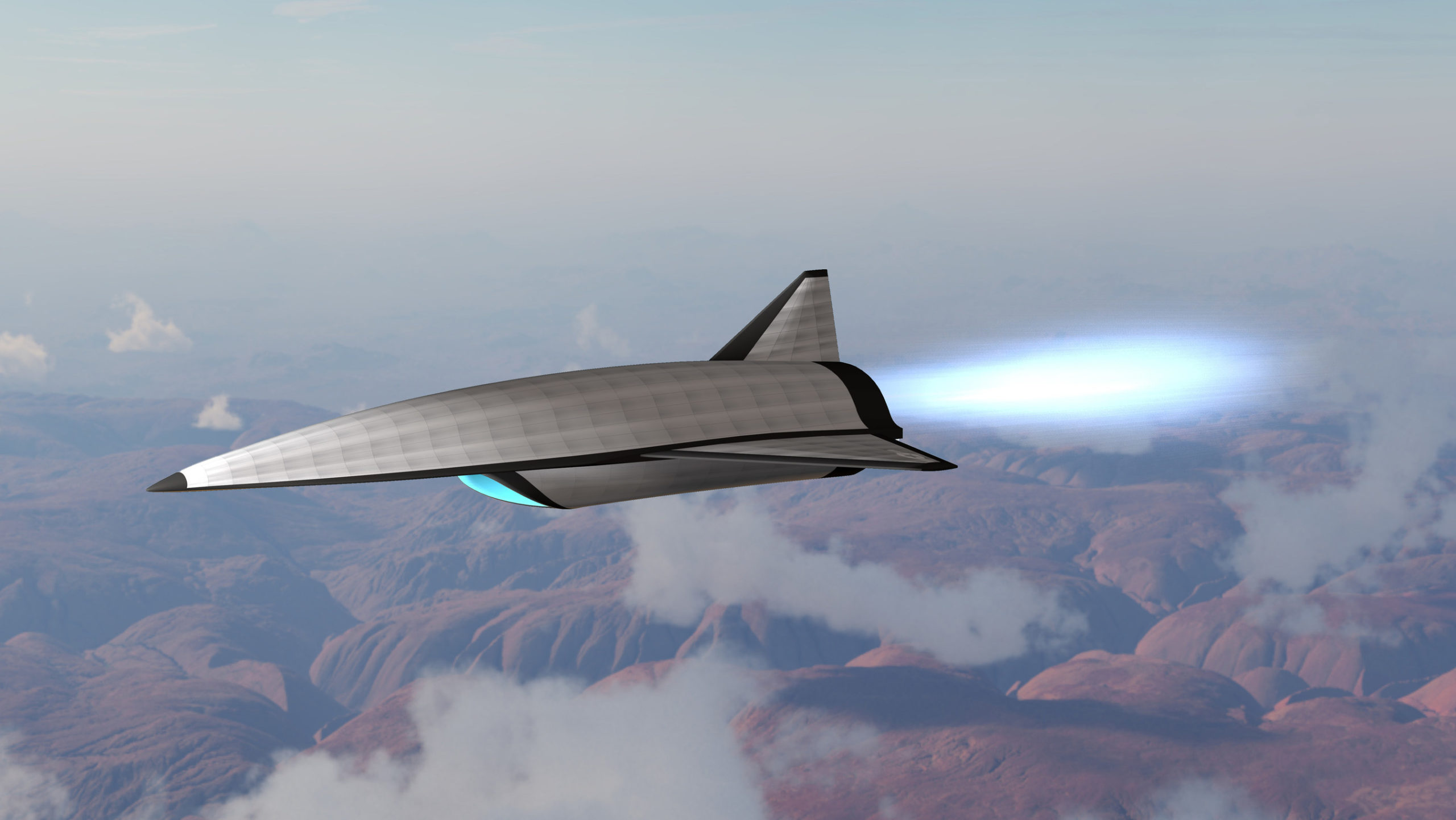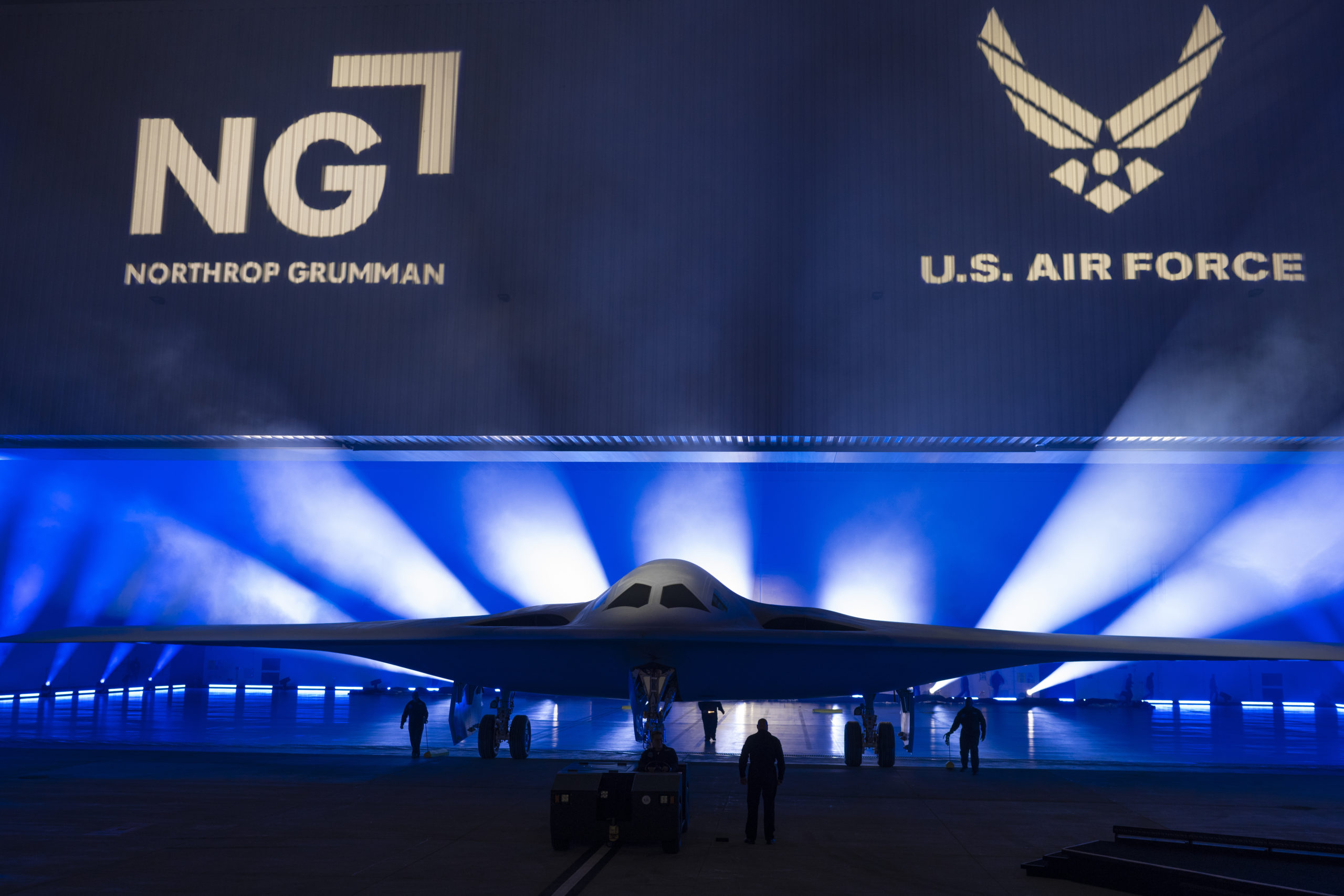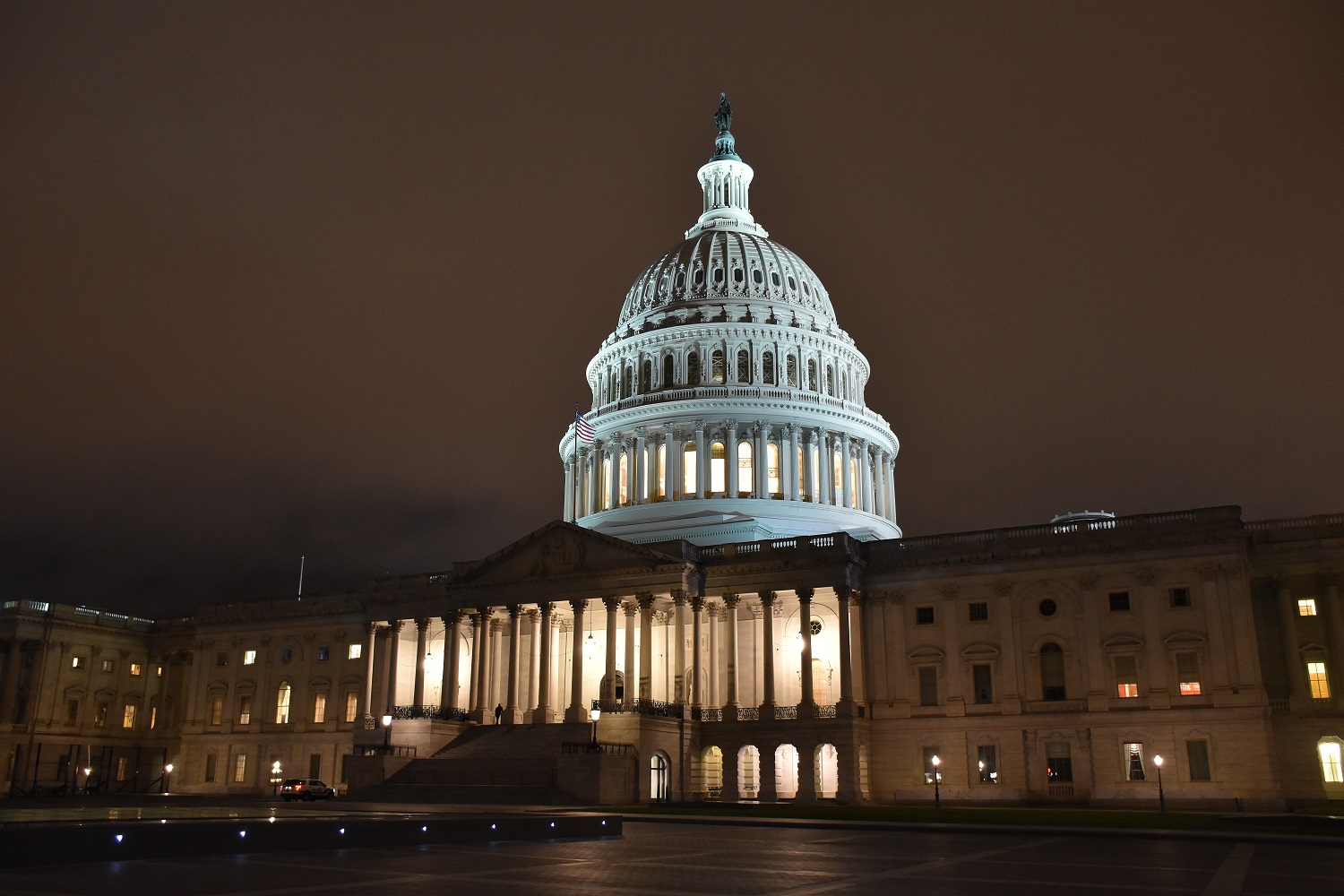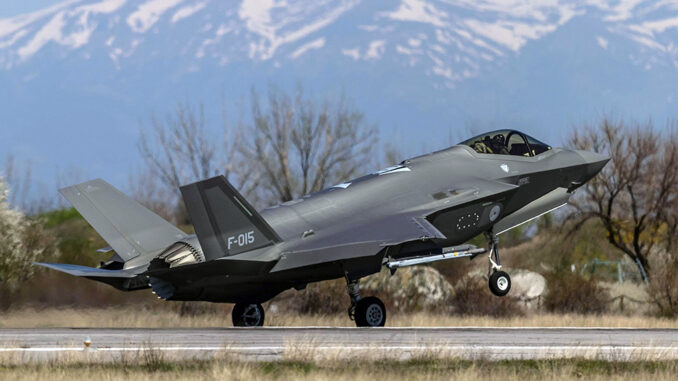Space Training and Readiness Command hosted its largest ever Space Flag exercise at Schriever Space Force Base, Colo., from Dec. 5 to 16, with 165 participants exercising potential strategies for a European conflict.
Every Delta from Space Operations Command had a representative at Space Flag 23-1, which also drew participants from the Space Force Element of the National Reconnaissance Office, the U.S. Air Force, and partner nations Canada, Australia, and the United Kingdom.
“This Space Flag focused on a [U.S. European Command] scenario, so we wanted to present the problem in that theater and exercise our ability to win it based off of various problems that we presented to the team,” said Lt. Col. Albert Harris, commander of the 392nd Combat Training Squadron, in a briefing for reporters. “During that conflict, we had the opportunity to practice our orbital warfare techniques, our electronic warfare techniques, our space domain awareness techniques, and intelligence command. We didn’t just do that with the U.S. forces, we had an opportunity to do that with the coalition, as well.”
Harris didn’t offer details of the European scenario, saying only that it offered unique issues for Guardians to address.
“The challenges are different… because the threats are different, a different landmass,” Harris said. “You’ve got water on one side, land on the other, just a different approach to the problems that are in that specific area.”
A STARCOM spokeswoman said the exercise involved “theater-specific problems along with strategic and operational guidance. The training audience then developed mission plans including possible courses of action based on realistic threats.”
Russia poses the greatest threat in any European scenaro. Space assets have played a major role in Europe’s and Ukraine’s response to Russia’s invasion of Ukraine, providing the Ukrainians internet access despite jamming and also providing access to intelligence.
That’s brought new Russian threats about potentially targeting satellites. Coming after Russia’s anti-satellite test last November, which created a massive debris field in orbit that still threatens other satellites, those threats are ominous.
The U.S. Space Force has been standing up component commands in major operating theaters since November, and will stand up a European component some time in 2023, matching the units established within U.S. Indo-Pacific Command and U.S. Central Command.
Space Flag also involved an element of cyber warfare. Maj. Gen. Shawn N. Bratton, commander of STARCOM, has been vocal about integrating cyber into the exercises, and participants said they learned to utilize it throughout this edition.
“It took me until the third period of our execution to know that what I was in charge of was affected by something [the cyber team] did,” 1st Lt. Colleen O’Hara, a member of Space Delta 4, said. “I had no idea, I didn’t do any planning that was associated with it until someone told me ‘Hey, you are reliant on cyber, you need to pay attention and look at this.’ We were able to mitigate some issues that were going to take place if we hadn’t thought about utilizing their capability.”
As with cyber, the exercise was also one of the first the Space Force has held with international participants.
Flight Lieutenant Adon Lumley of the Royal Australian Air Force, said that from his perspective, “to come and share and learn from our special allied friends—the Americans, Canadians, and the British—it’s a unique experience to learn and develop.” He added: “What I get to take home is an incredible network of incredible people from across the world, who have got amazing talents that I can leverage in any future problem or challenge.”
Both U.S. and allied participants said the exercise helped reinforce the importance of resilience, both for equipment and personnel.
“We started with one of our [Precision Navigation and Timing] personnel being taken out due to being sick,” Capt. Eries Thompson of Space Delta 8 said. “And so the SATCOM side had to step up and not only learn all about PNT but be able to brief it and be able to answer questions and to also be able to defend PNT as well. So taking into account not only our assets but our personnel as well and learning about our coalition partners, what they can bring to the table … and understand how we all work and how we are all glued together really helped us in this exercise.”
Moving forward, Thompson said exercise participants “can be challenged to see how we can take our resiliency a step further,” though she added that “up to this point, we were able to meet our objectives and do what we needed to based on the way that our systems are set up right now.”
Space Flag is the Space Force’s premier training exercise, based in part on the Air Force’s series of Red Flag exercises. It was first held in 2017, before the Space Force even stood up, and in 2020, it was held for the first time under the Space Training and Readiness Delta Provisional, which officially became STAR Command in August 2021.
In June, Space Flag was accredited by the Joint National Training Capability initiative, joining a small group of exercises across the Department of Defense to receive such recognition, giving it access to joint funding and support and better allowing the Space Force to integrate with joint partners as part of the exercise.
It is also one of a series of exercises for the Space Force is planning as STARCOM ramps up its efforts to give Guardians more and better training. And for the younger Guardians in this exercise, it was an especially valuable experience.
“Being the only second lieutenant in the exercise, I was one of the more junior members,” 2nd Lt. Tyler Johnson of Space Delta 7 said. “And I would say before this, going into it, I’m still learning my systems—I work in space electromagnetic warfare. But I don’t think I had an overall picture until I came to Space Flag and I think it was a good opportunity to see how all of … the packages fit into each other because nothing operates by themselves.”
